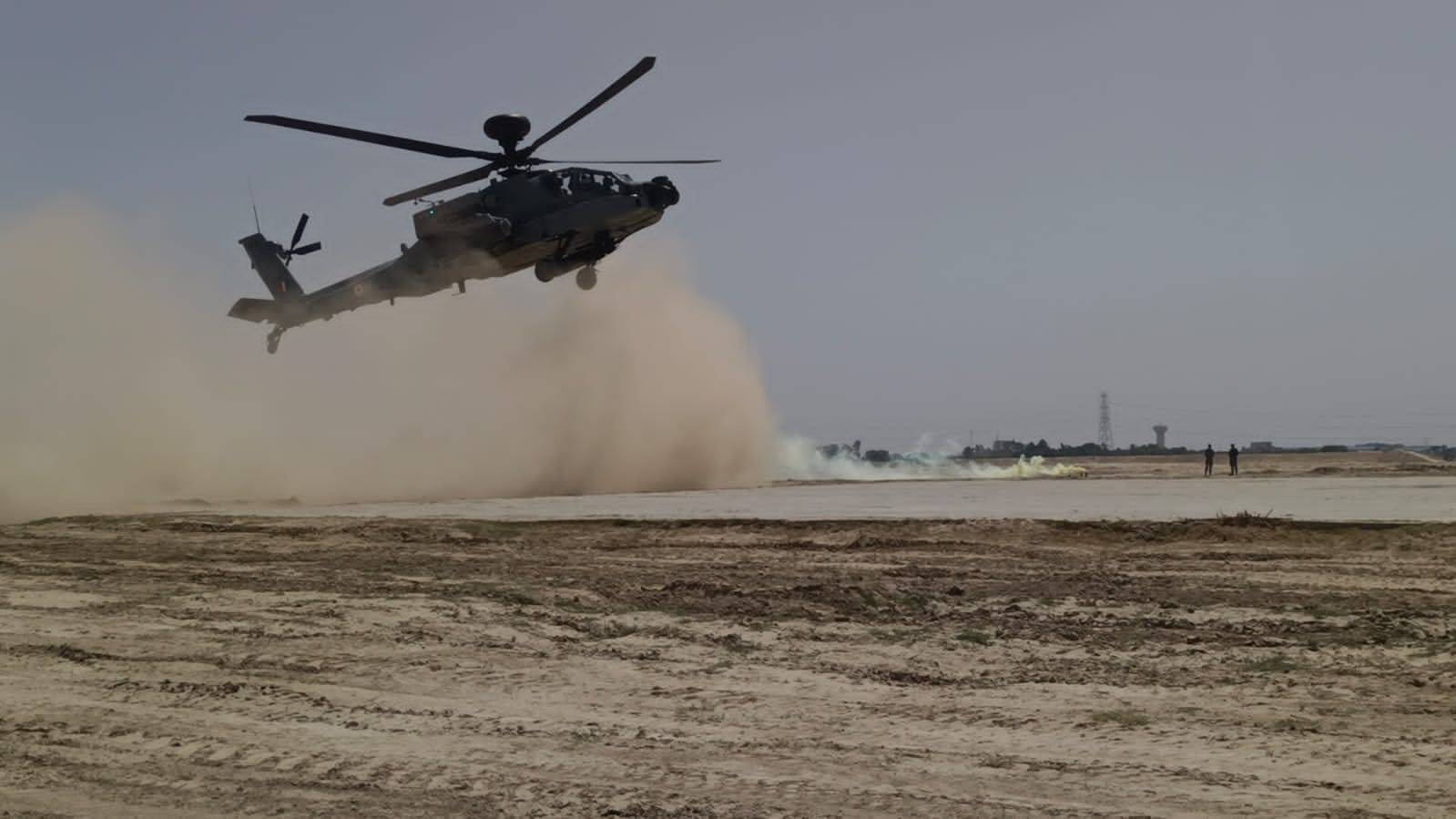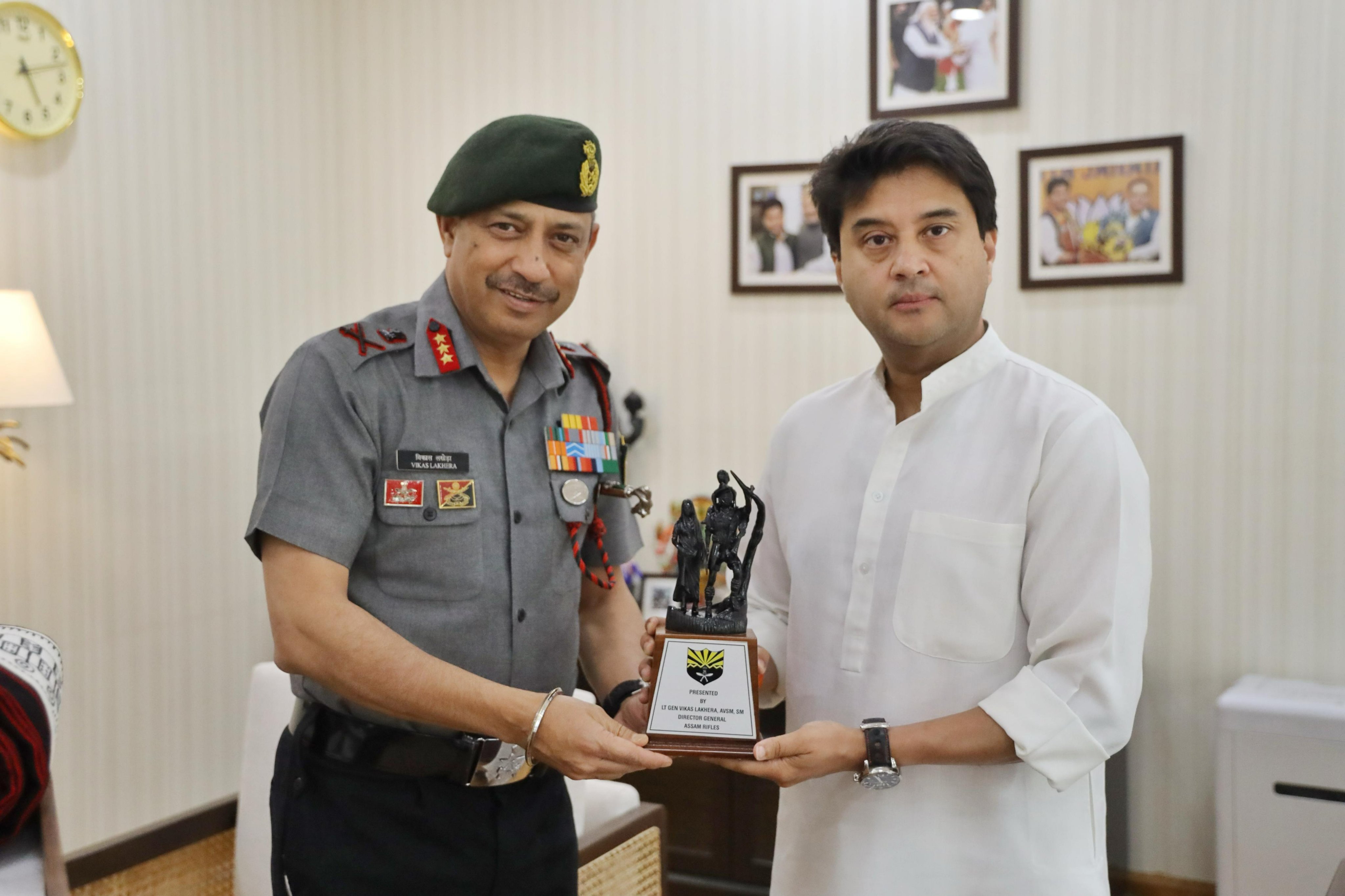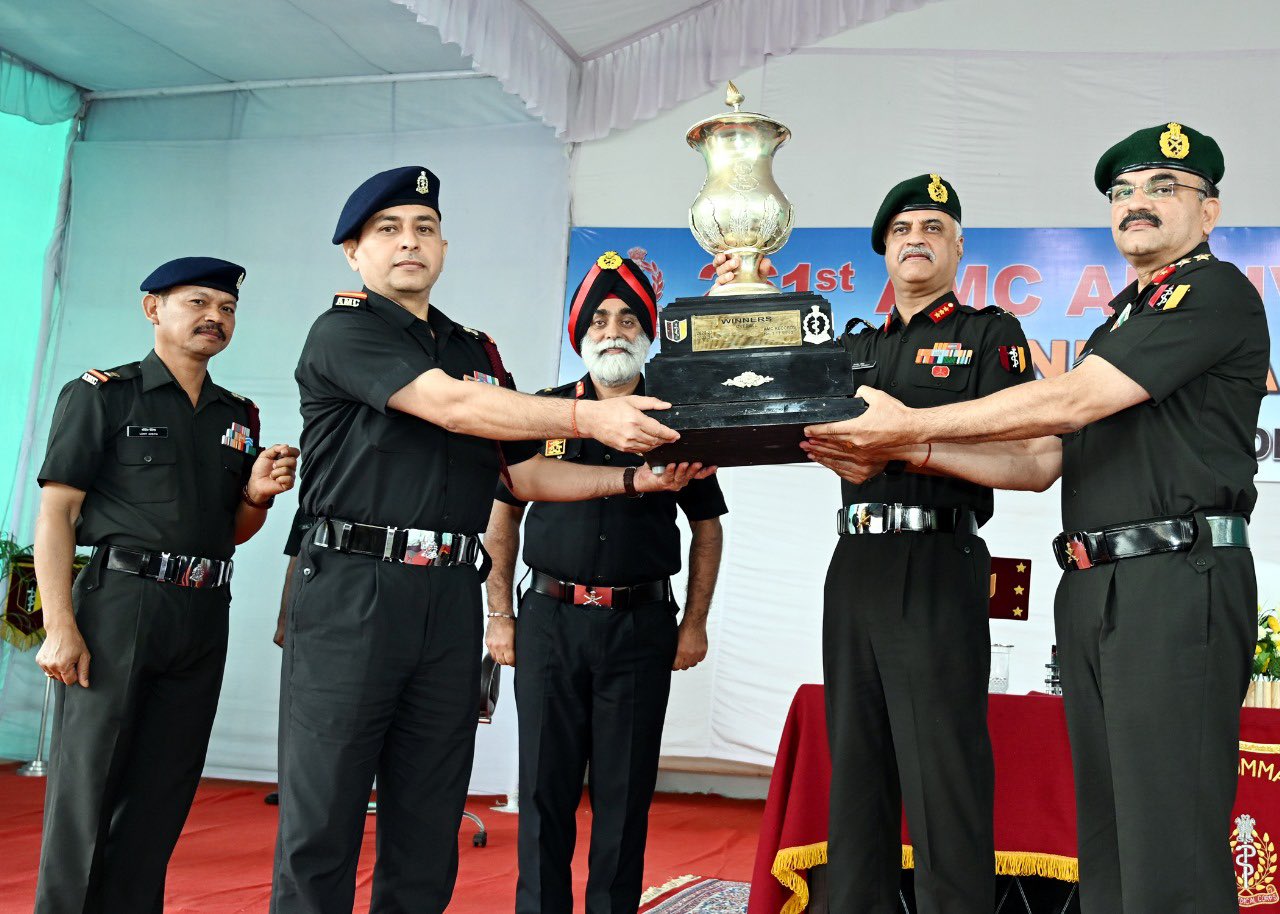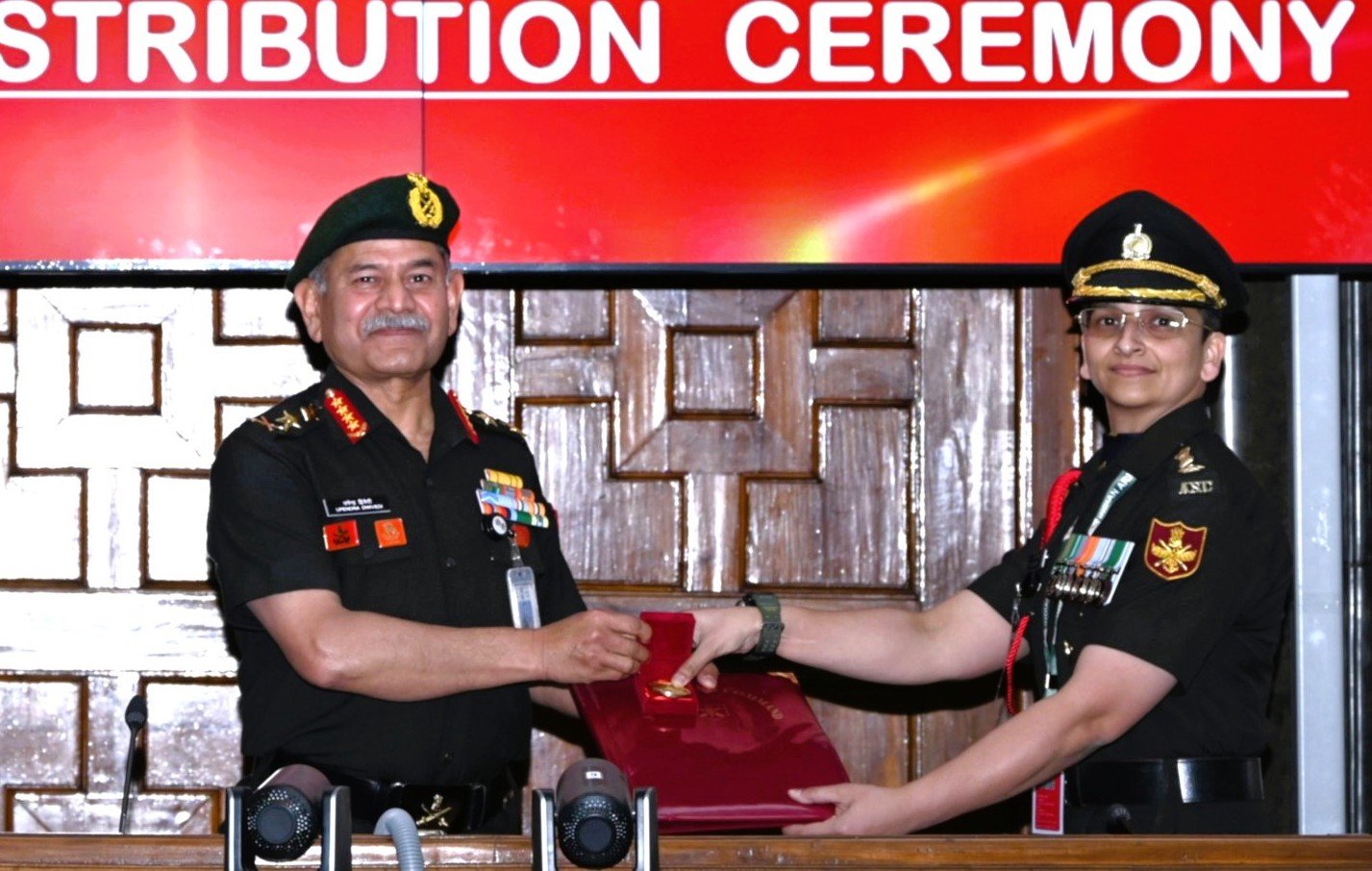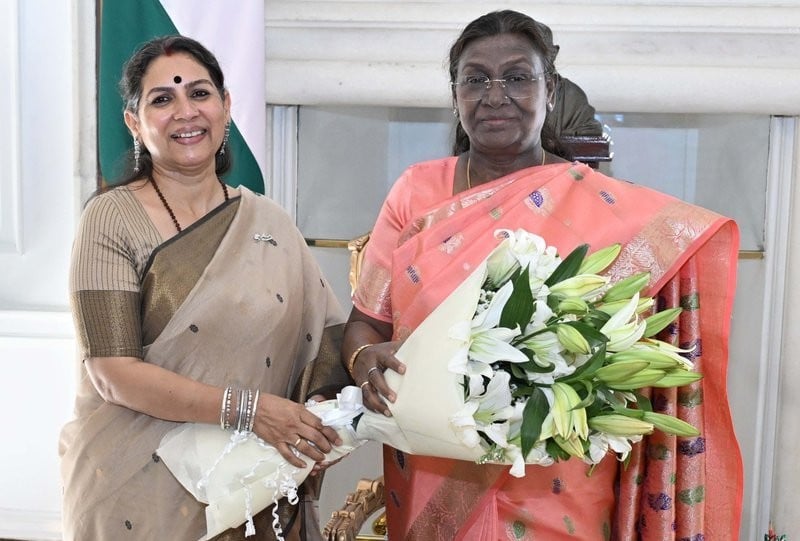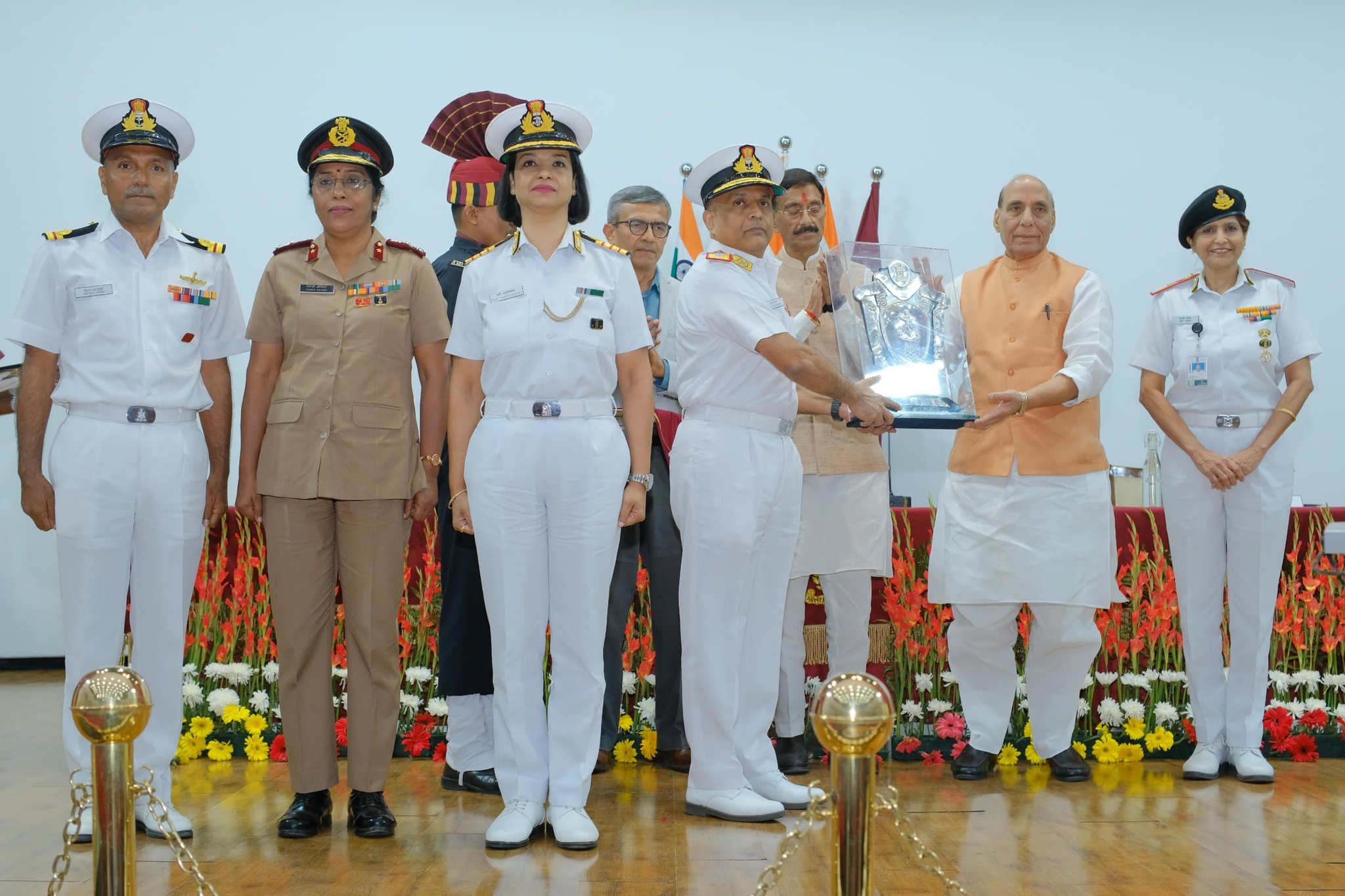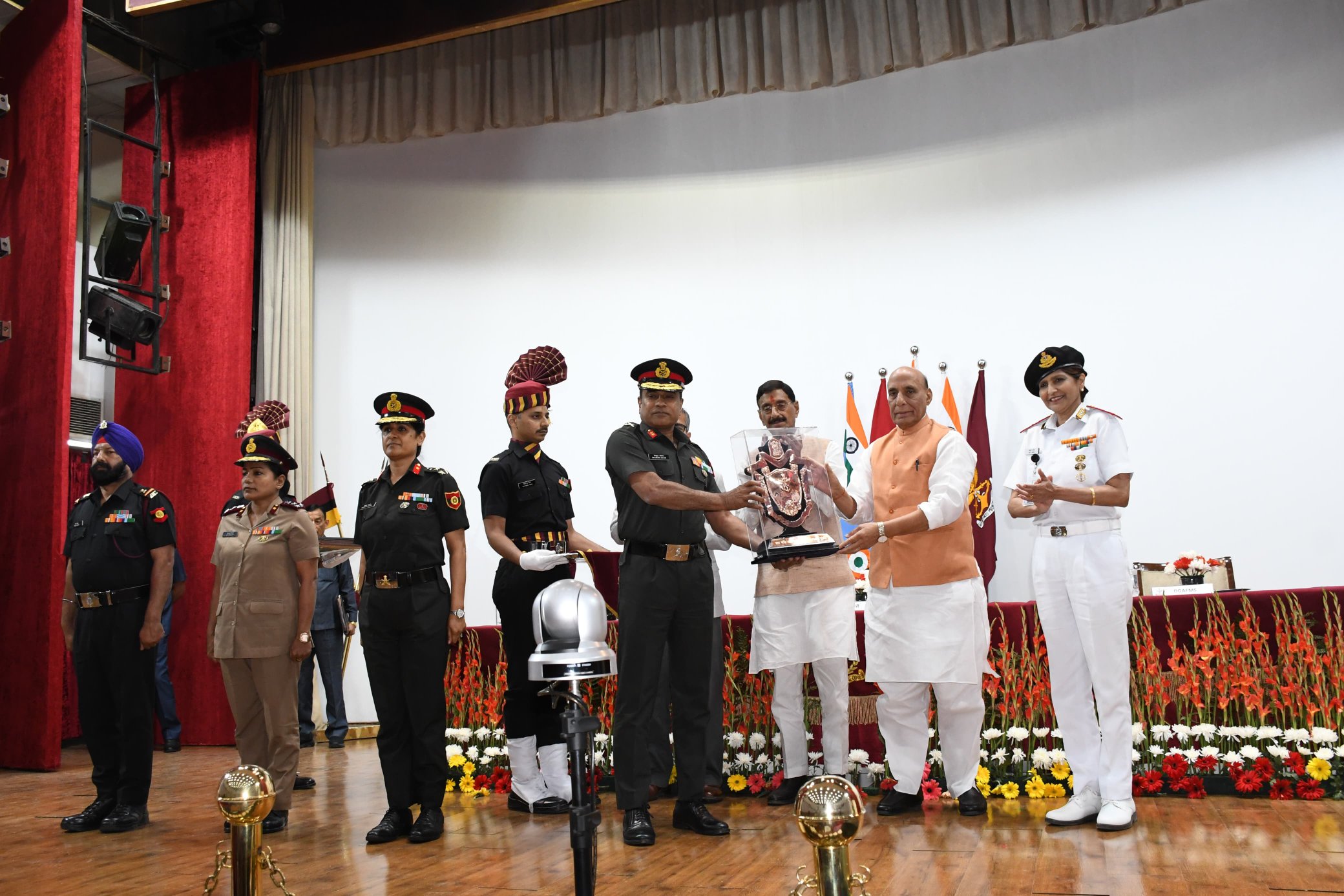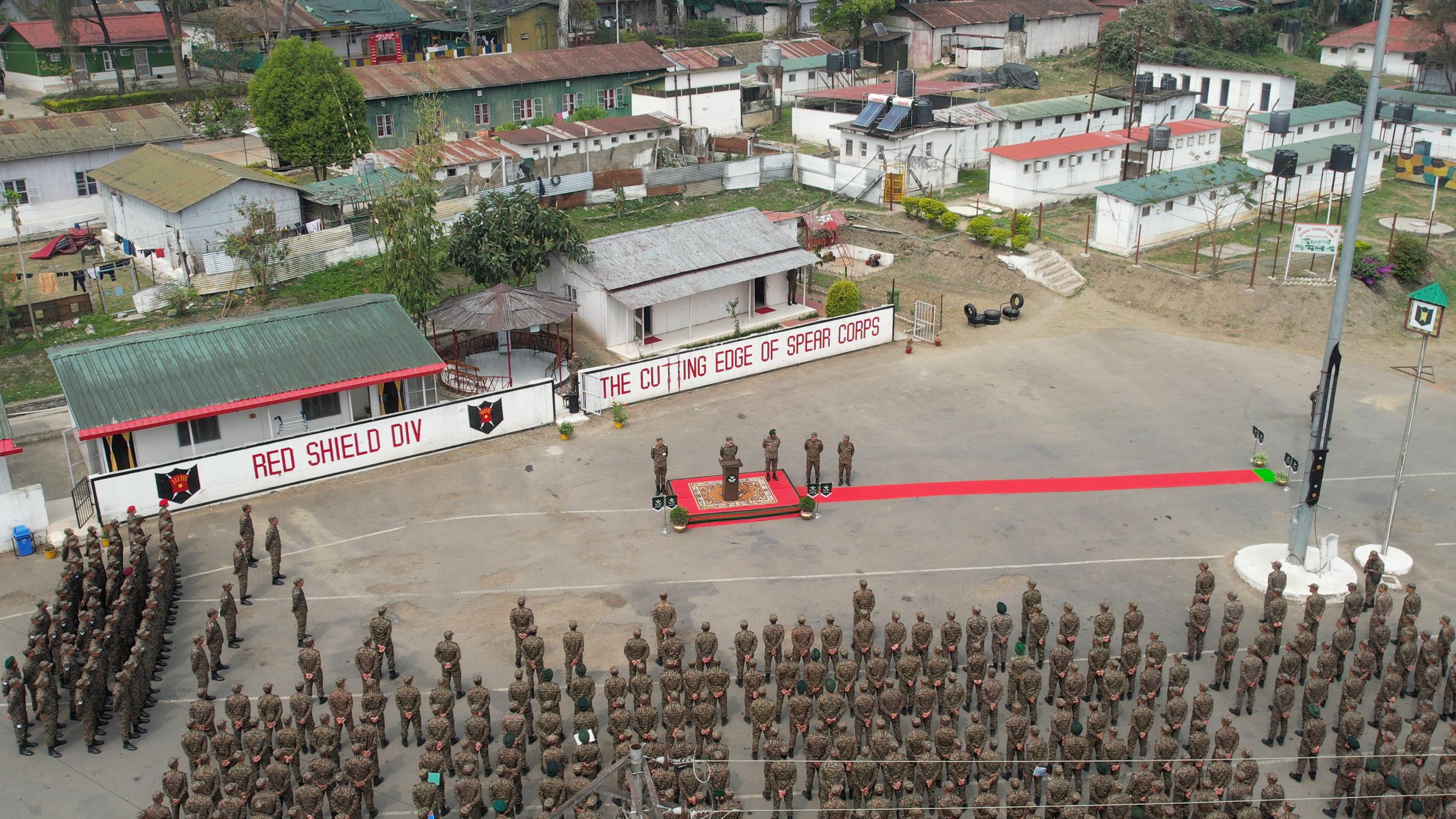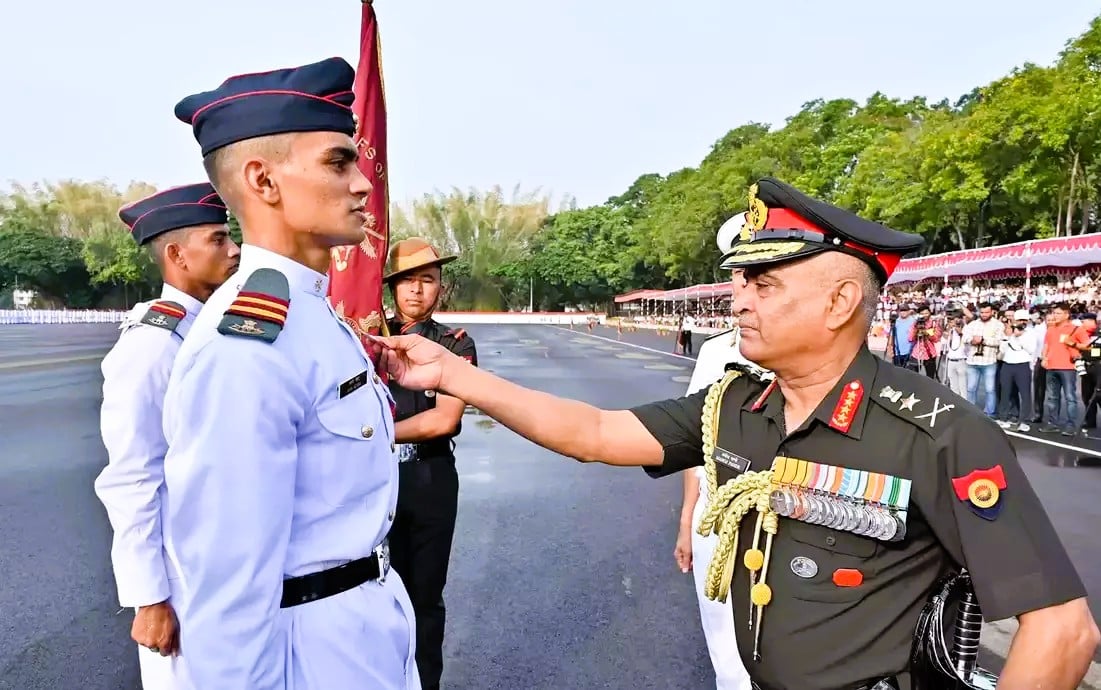In a dynamic display of military prowess and interoperability, the Indian Air Force’s Apache helicopters from the IAF_MCC (Maritime and Combat Command) and Mechanised Forces of Western Command (westerncomd_IA) recently engaged in a comprehensive integrated training exercise.
This joint endeavor, which encompassed forward area replenishment and maneuver operations, underscored the commitment of the Indian armed forces to enhancing their combat capabilities and readiness for joint operations in the Tactical Battle Area (TBA).
The exercise, conducted in a realistic combat environment, involved seamless coordination between the aerial assets of the Indian Air Force and the ground forces of the Western Command.
The Apache helicopters, renowned for their agility, firepower, and versatility, played a pivotal role in providing close air support and reconnaissance capabilities to the mechanized forces operating on the ground.
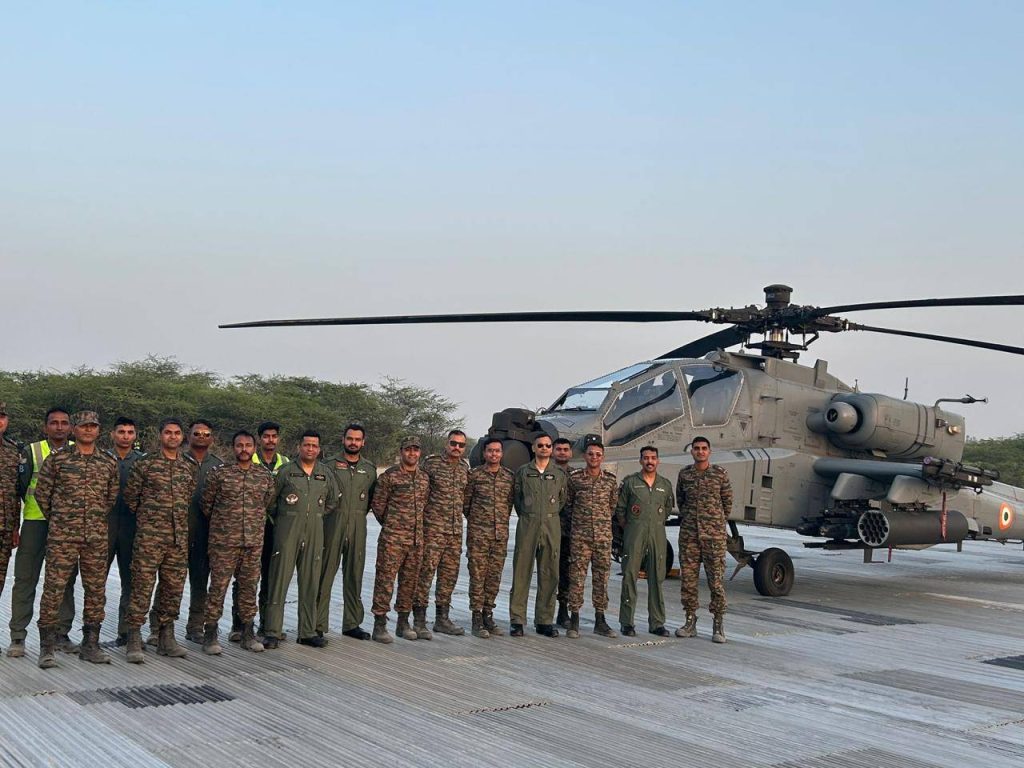
A key focus of the integrated training was on forward area replenishment, which involves the timely resupply of essential resources such as fuel, ammunition, and supplies to frontline units operating in remote or hostile environments.
The precise execution of replenishment operations is critical for sustaining combat effectiveness and ensuring the operational tempo of military forces engaged in prolonged missions.
In addition to forward area replenishment, the exercise also emphasized maneuver operations, which are essential for maintaining battlefield mobility, exploiting enemy vulnerabilities, and seizing tactical advantages.
The integration of Apache helicopters with mechanized forces facilitated rapid deployment, fire support, and battlefield reconnaissance, enhancing the overall operational flexibility and effectiveness of the combined arms team.
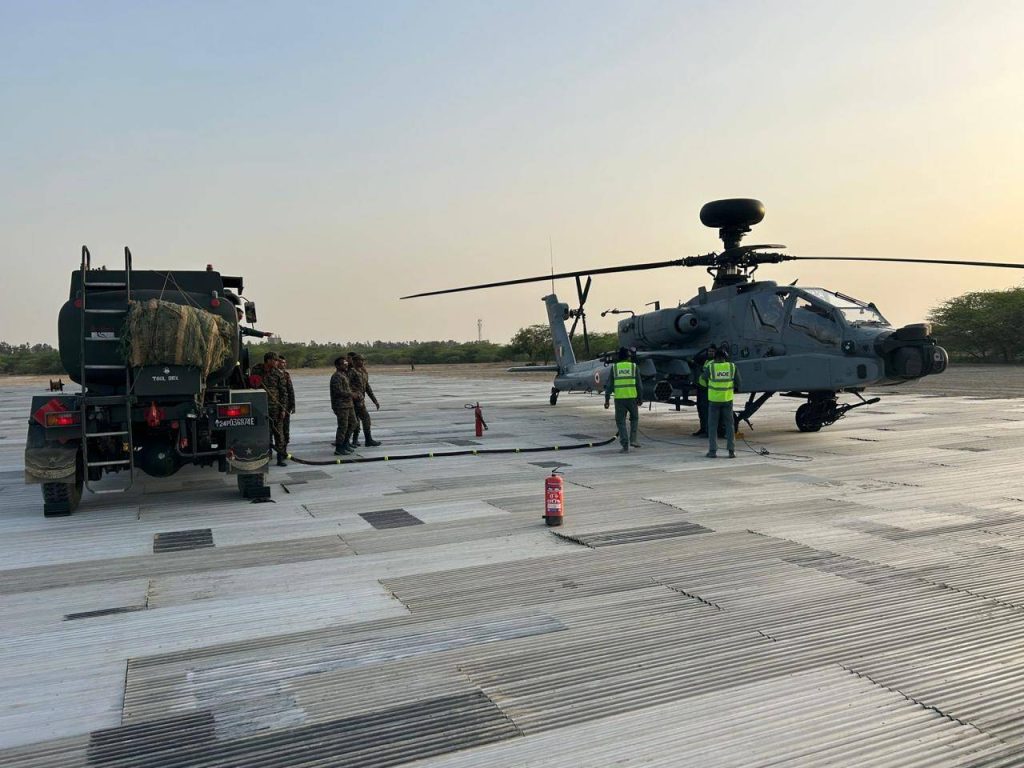
The seamless coordination and synergy demonstrated during the integrated training exercise highlighted the interoperability and jointness of the Indian armed forces.
By harnessing the complementary capabilities of air and ground assets, the exercise showcased the ability of the Indian military to conduct integrated operations across multiple domains, thereby enhancing its effectiveness in addressing contemporary security challenges.
The successful execution of the exercise not only validated the proficiency and professionalism of the participating units but also contributed to the ongoing efforts to refine joint operational concepts and tactics.
It provided valuable insights into the integration of air and ground forces in complex operational environments, paving the way for the development of enhanced doctrinal frameworks and standard operating procedures.
The integration of Apache helicopters with mechanized forces in the Western Command exemplifies the Indian military’s commitment to leveraging cutting-edge technology and innovation to enhance its combat capabilities.
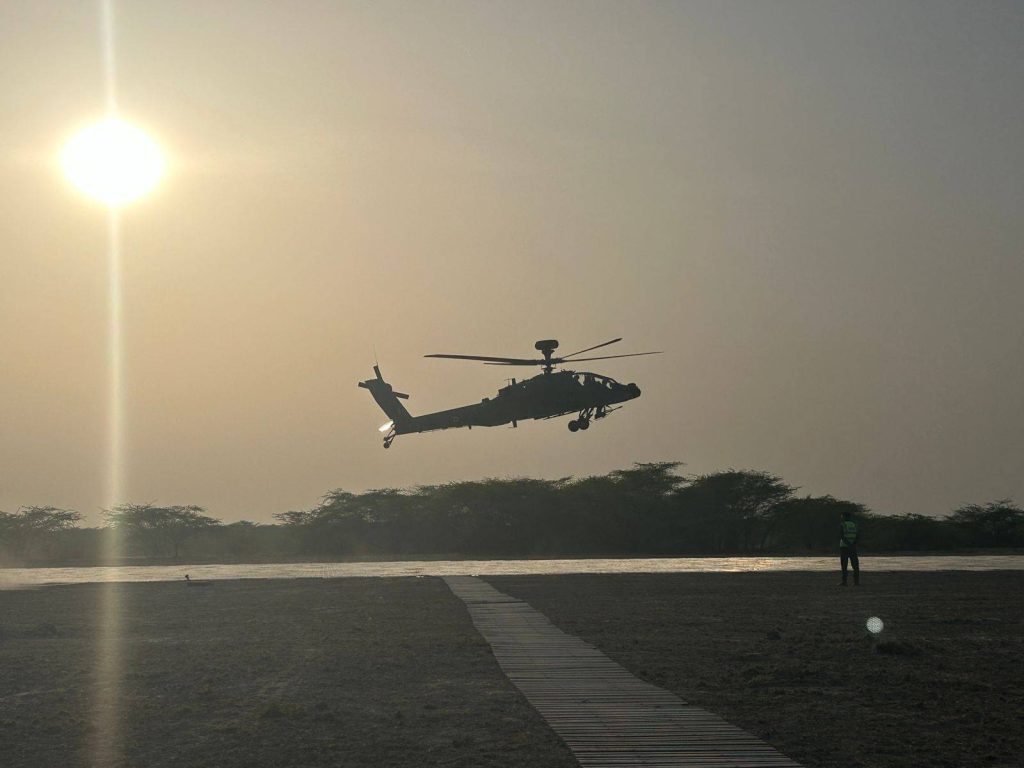
Such joint training initiatives play a crucial role in fostering synergy, cohesion, and interoperability among different branches of the armed forces, ultimately bolstering India’s national security posture and defense preparedness.
As the Indian armed forces continue to adapt to evolving security dynamics and operational challenges, exercises like these serve as vital platforms for honing skills, refining tactics, and strengthening partnerships.
The successful conduct of integrated training exercises reaffirms India’s resolve to safeguard its sovereignty and territorial integrity while remaining vigilant and prepared to address emerging threats in the region.

